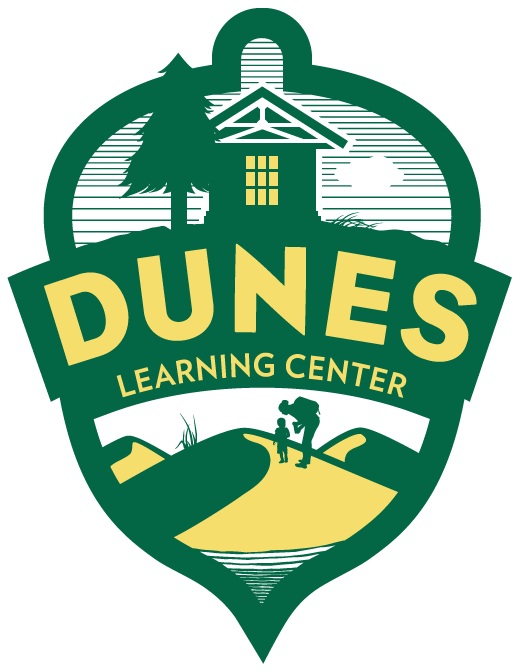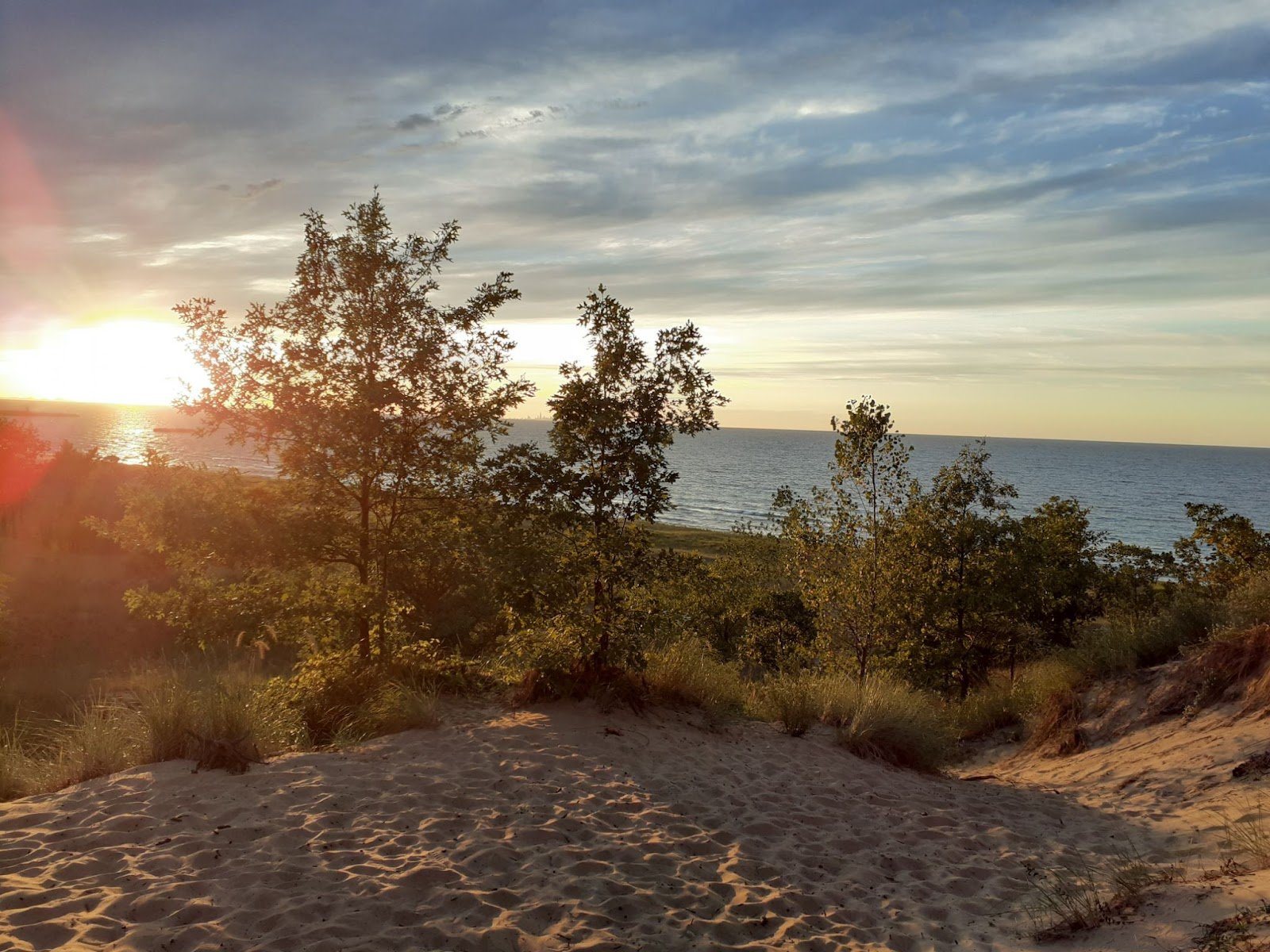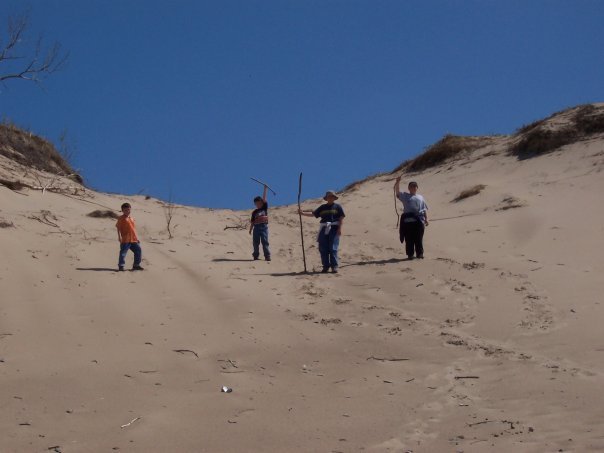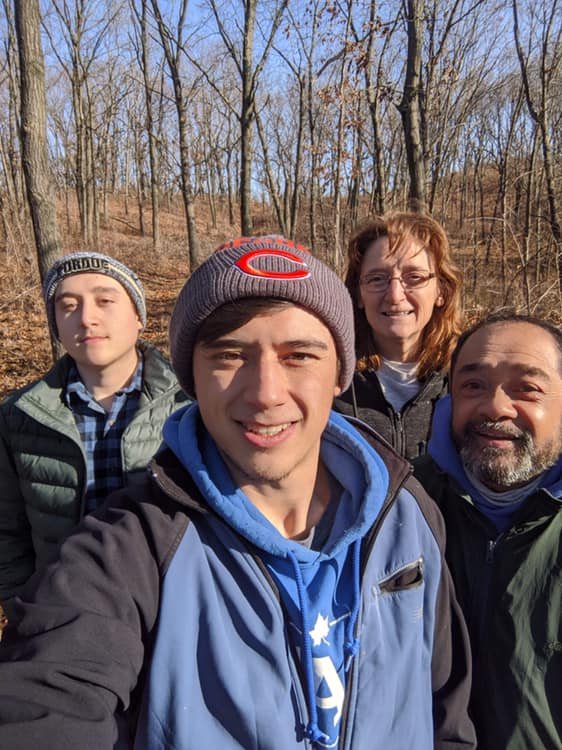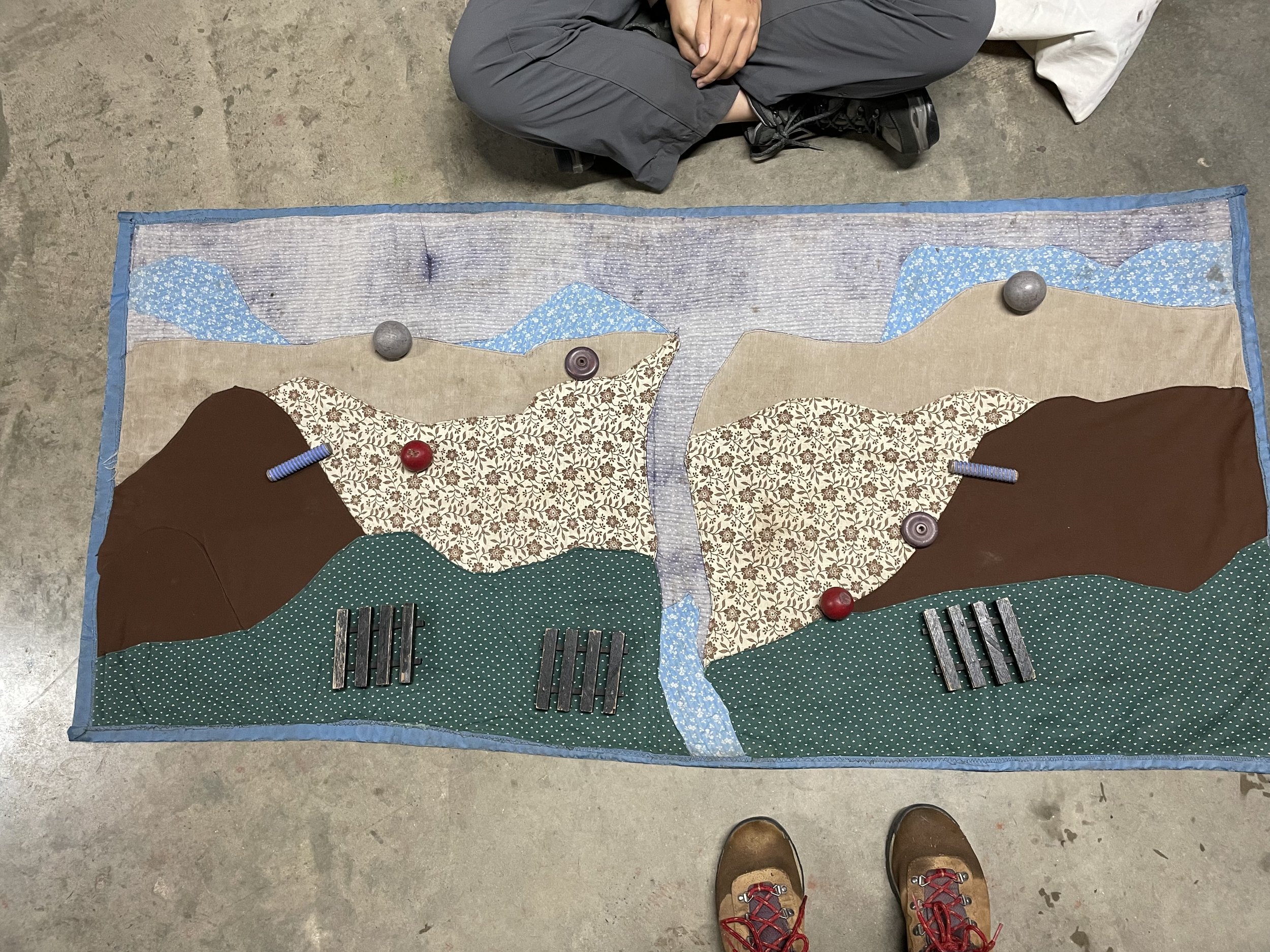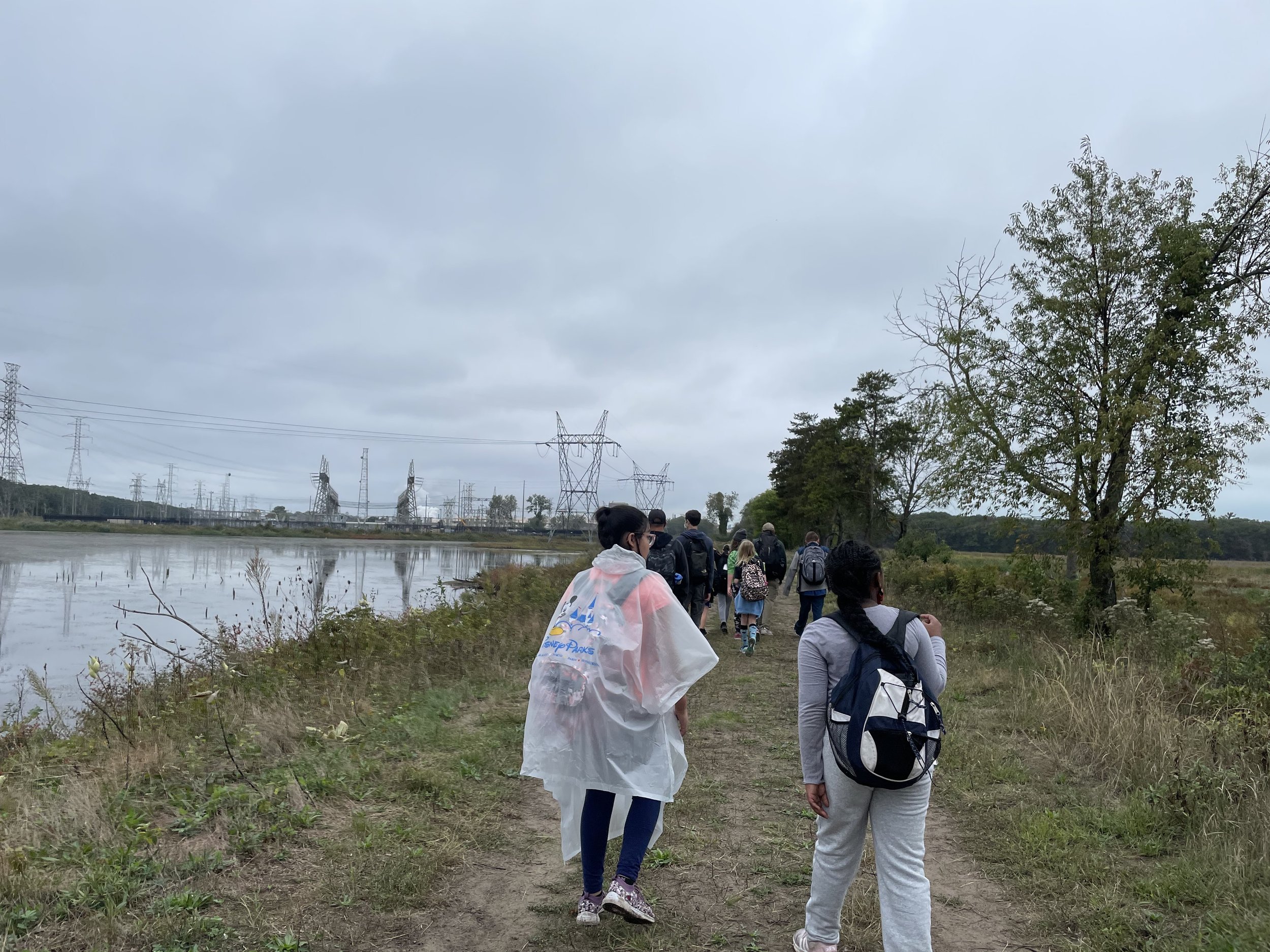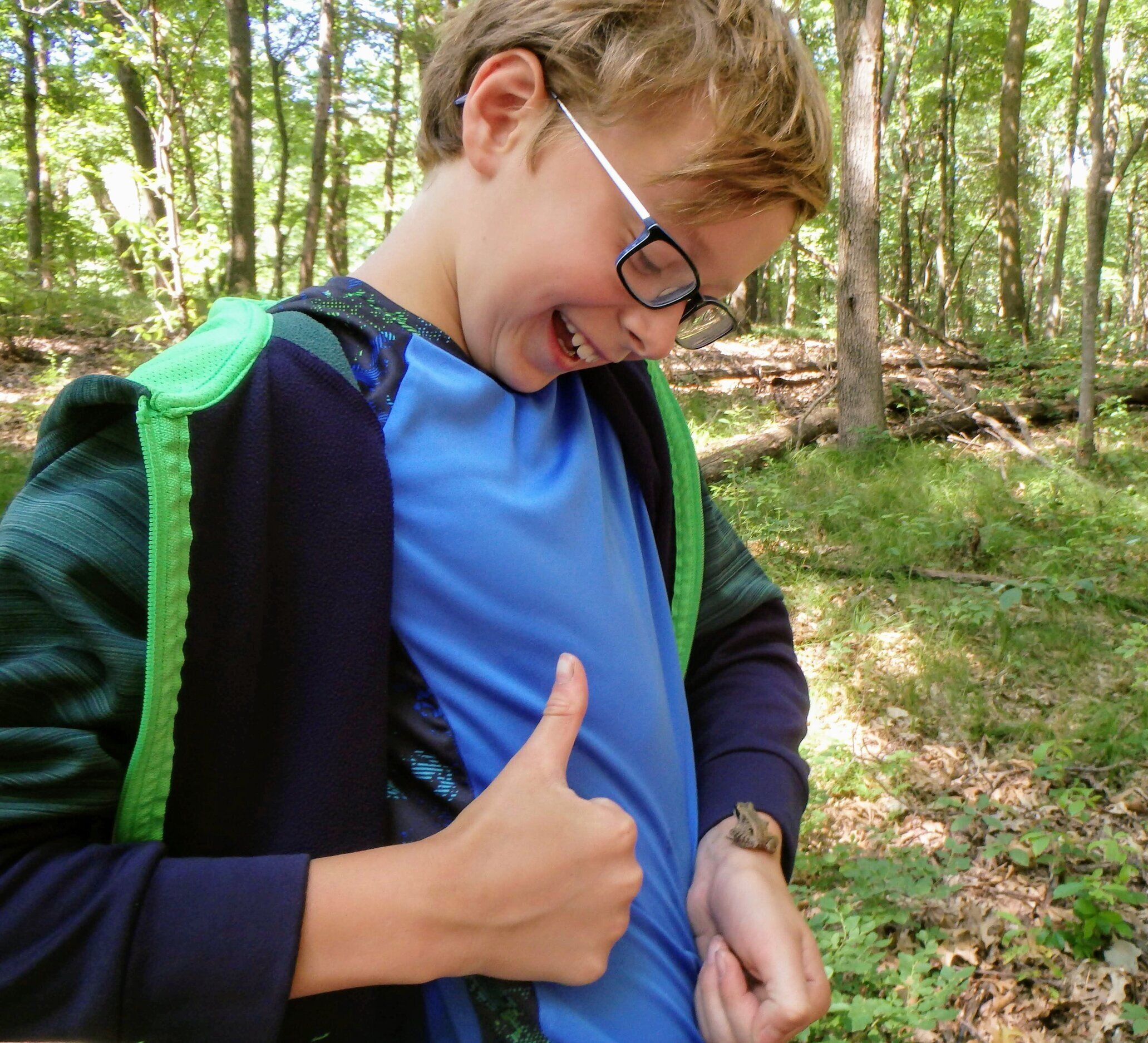What IS Phenology?
/Seasonal change is no stranger to those of us familiar with the Midwest. As each month brings us either closer or farther from the sun, we observe changing temperatures, plant and animal life, and weather patterns. We will soon be entering into a period filled with crisp temperatures, migrating birds, and colorful leaves. Autumn is near.
Typically, even the youngest of learners can recall the basic changes that occur during seasonal shifts. The cold, dark, and snowy winter breaks into the rainy, budding spring, emerging with the hot, blooming summer, eventually quieting to the colorful and pumpkin-filled autumn. The cycle repeats again and again, year after year. That is where the concept of phenology comes in!
If you are like me prior to learning about this concept, you might be thinking, pheno-what? Phenology! The study of cyclic and seasonal natural phenomena, especially in relation to climate and plant and animal life. So studying how the tree in your front yard changes over the year? Phenology. Observing the tidal changes of Lake Michigan from season to season? That’s phenology too! Making a list of the birds you see in your backyard? It is all phenology!
As an environmental educator, I am always looking to learn about concepts and activities that hold the power to bring people closer to their surroundings and place. I aim to provide learners with an opportunity to feel connected to the experiences they have in their everyday life and to provide them with a seed that can grow after their interactions with me.
Phenology has been incredibly interesting for me as both an educator, and as a learner myself. To me personally, phenology is a way to be more observant and intentional with my surroundings. It is a way to really notice and make note of how life ebbs and flows in patterns built from the everyday events that unfold into the unique and ever-changing world around us.
From my perspective as an educator, phenology allows for learners to find their niche, to slow down, and to begin to make connections with the more than human world. Phenology combines art, literature, and science and helps the learner grow in patience, connection, and curiosity.
Phenology does more than connect people with their surroundings. Making notes or art can serve as a way to connect the past, present, and future. On a wider scale, phenology records can act as a way to detail climatic change, new patterns, and shifting times of organism interactions, potentially serving as an important tool in understanding climatic change over time. On a personal level, phenology can serve as a reference to who you were and what you intentionally took the time to make note of. You can use this to connect with your future friends, family, and generations to come.
So, the next time you find yourself staring out your window at the maple in your front yard, or walking down your favorite trail that you visit frequently, take note. Allow environmental change to foster creativity. You have nothing to lose!
Bella Santana
Interpretive Naturalist
